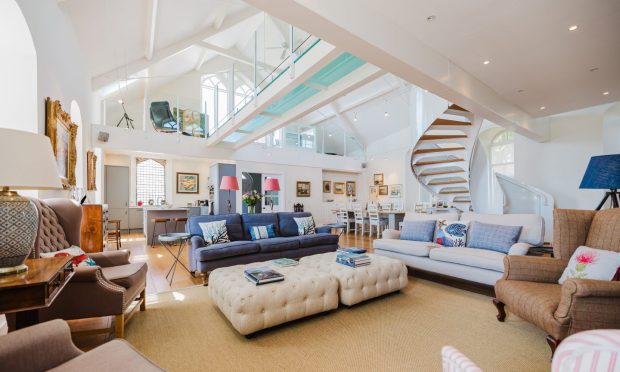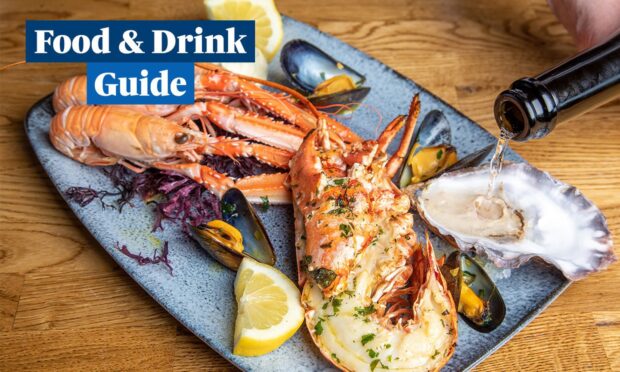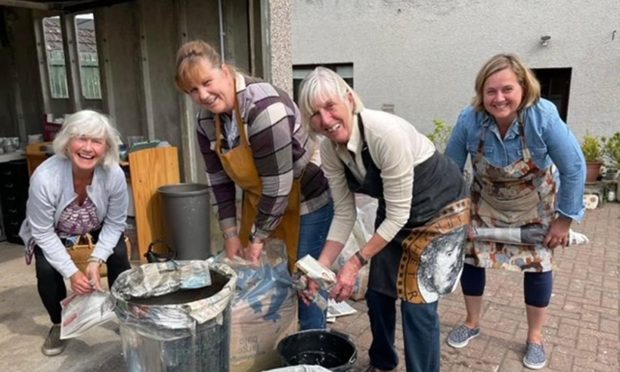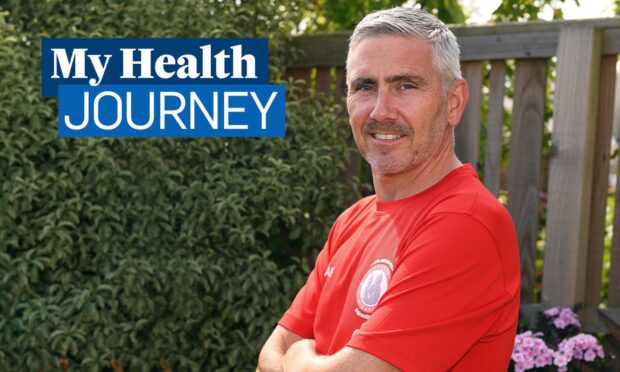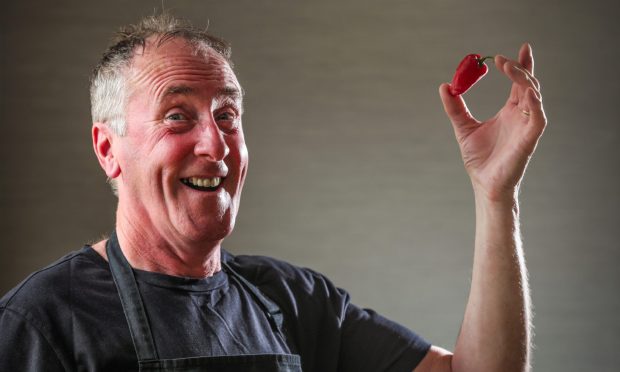Zoe Somerville’s debut novel, The Night of the Flood, was inspired by her Norfolk upbringing. Now, in The Marsh House, she turns to her roots once more with a tale of a mysterious house on the North Norfolk Coast.
A book-lover from the word go, Zoe Somerville (46) describes herself as, “a voracious reader from an early age – I hoovered up anything I could get my hands on, from the library, from jumble sales, car boot sales and second hand bookshops. I wrote a lot of poems and illustrated stories. I always had to have a book. It always seemed to me that the very best thing anyone could be was to be an author.”
Teaching English
She shared that love for literature when she worked as an English teacher for many years, teaching all over the world but there was always a hankering to write her own books. “When my daughter was little I realised I needed something else in my life apart from work and children and set myself the goal of writing a novel before I was 40,” she explains. “I did achieve this even though that novel never got published. I think of it as my training novel!
“After that, I did an MA in creative writing and that – with a lot of twists and turns – lead eventually to publication.”
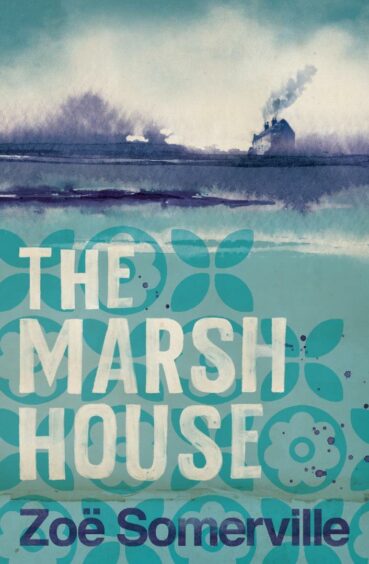
Now she has published novel number two, and says that she was able to delve back into some of her favourite childhood books to find inspiration for her tale of the blurred lines between past and present and reality and the imagination. “I was really into horror stories, ghost stories and tales of the supernatural,” she explains, “I think we accept the fantastical, phantoms and the unexplained when we’re children more naturally.”
“As an adult I’m quite logical but in books and drama I love the strange spaces or blurred lines, as you say, between the past and present, the dead and the living and what is real and what is not. I also think that the concept of haunting is quite universal. For example, the idea that we can be haunted by our deeds, or by people we have wronged or people we’ve lost can be metaphorical as well as involving actual ghosts.”
Ghostly influences
The author cites When Marnie was There by Joan G. Robinson as a particular influence for The Marsh House and her main characters. “It’s about a lonely girl who meets a ghost in a house on the marsh and there are elements of her in both Malorie and Rosemary in their isolation and yearning for connection. Rosemary’s story is also partly based on a real crime that happened in the 19th century in Norfolk but I’ve adapted it so much she is entirely different.”
Zoe also feels strongly that the setting of The Marsh House plays an important role in the story: “I love stories where the setting is powerful,” she enthuses. “I think places have their own atmosphere and partly that’s from what has happened there but also from how we project our own feelings onto them.”
Reading in a different way
Still an avid reader, she admits that her own choice of books has been influenced by that fact that she is now writing more. “It’s now more directed by my writing so I read for the period, for the style, or the subject matter more than what I fancy reading.”
“On the other hand, I still sometimes have an urge to read something entirely unlike what I’m writing. For example, I just re-read The Day of the Triffids as I bought it for my son. Then I realised that it’s such a classic example of building tension and unease. So in the end, you can get something from any book.”
And she hasn’t left that sense of unease behind for her next project, “I’m currently writing my third novel, which is about the spiritualism after the first world war. More haunting!” she laughs.
The Marsh House by Zoe Somerville, Head of Zeus, an Apollo Fiction book. Out now in hardback.



